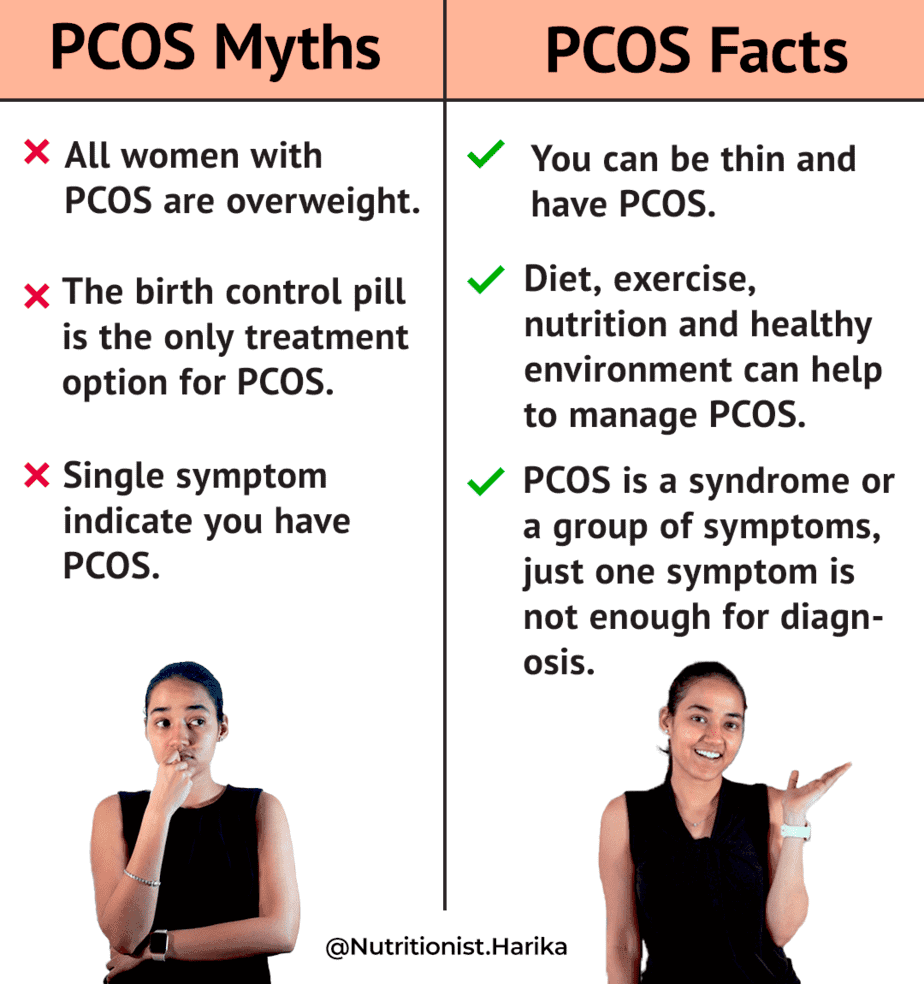An obstetrician and gynaecologist discuss the myths that young women confront when PCOD is mistakenly labelled as PCOS without proper research.
PCOS is a lifestyle illness characterised by irregular periods, insufficient menstrual flow, acne, excess body hair, weight gain, and skin darkening, as well as sonographic findings of Polycystic bulky ovaries (PCOD) and hormonal imbalances, including high Insulin resistance and excess male hormones. Many young women have their problems misdiagnosed as PCOD instead of PCOS due to a lack of proper examinations. There are many misconceptions and truths about PCOS.
Myth 1: PCOS primarily affects young women in their twenties and thirties.
Fact: PCOS may strike anybody between the ages of 18 and peri-menopause, and not just in this age range.
Myth 2: PCOS affects all women who have polycystic ovaries (PCOD).
Polycystic ovaries are seen in around 20% of healthy women. On the other hand, not all women with PCOS have PCOD ovaries on sonography.
Myth 3: The ovaries of PCOD cause stomach discomfort.
PCOD ovaries are those with tiny (less than 10mm) water bubbles (cysts) organised in a pearl necklace pattern around the ovary’s perimeter. They do not cause any discomfort or suffering. The ovarian cysts that cause discomfort are at least 3 cm in diameter and are not present in PCOS.
Myth 4: Weight gain and PCOS are caused by irregular periods and insufficient menstrual flow.
Fact: Menstruation has traditionally been viewed as a process by which harmful blood is expelled from a woman’s body. The absence of periods or a reduction in flow obstructs the cleaning process, resulting in the build-up of fat and obesity. Unfortunately, it works the other way around, since weight increase causes hormonal imbalance, which leads to irregular periods and the development of PCOS.
Myth 5: PCOS primarily affects overweight women.
Weight gain is prevalent in women with PCOS who live a sedentary lifestyle. Nearly 80% to 85% of PCOS women are overweight. PCOS, on the other hand, can strike women of normal weight, especially those with a family history of the condition.







